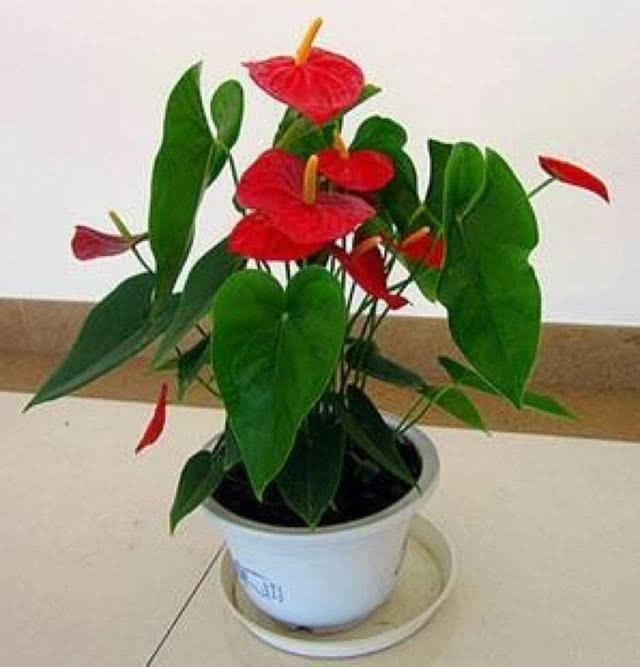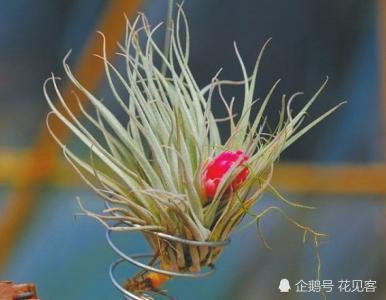Multi-leaf aloe, also known as spiral aloe, queen aloe, arranged in a spiral, has high ornamental value.

Multi-leaf aloe vera
Aloe queen generally refers to leafy aloe.
Leafy aloe (scientific name: Aloe polyphylla Pillans), also known as spiral aloe and queen aloe, is a unique kind of aloe in the Drakensburg Mountains of Lesotho.
There are many solitary plants of leafy aloe. Leaves alternate, subtriangular, spirally arranged. Leaves green to yellowish green. Flowers red, stalks branched.
Morphological characteristics
Stemless succulent plants, each independently solitary; plants up to 90 cm in diameter and 30 cm high.
The leaves are arranged in a rosette spiral, emerald green to grayish green, soft, juicy and fleshy.
The leaf base is broad, the leaf tip is sharp, black, and the leaf margin is irregularly serrated.
When the plant begins to spiral, its diameter needs to reach at least 20 cm in width; when the leaves initially form a spiral, there are 5 rows of about 15-30 leaves per row, and 130-150 leaves per plant after forming; the helix is sometimes clockwise and sometimes counterclockwise.
Flower stem 60 cm tall, red to fleshy pink, sometimes yellow; head branched, with a compact flower at the end of each branch; florescence from spring to early summer.
Growing environment
The species grows in grasslands at elevations of 2000-2500 meters, and sometimes at higher elevations. Because of the cold climate in the alpine areas, leafy aloe vera usually grows on the east side of the hillside, so that the plants can get as much sunshine as possible in winter. This kind can withstand snow in winter.
In order to preserve good drainage, leafy aloe vera is generally rooted in loose basalt cracks on steep slope walls. In Lesotho, the origin of the species, the leafy aloe population is often located in the moist mountains of fog and cloud belts. Although it needs well-drained soil, it also needs a humid environment. In the upper mountains of the fog and cloud belts of Lesotho, there is an uninterrupted flow of water to supply the species in summer. And the rainfall at high altitude is also too large, moist and cool, which is very suitable for the survival of multi-leaf aloe.
Distribution of producing area
Leafy aloe vera is only distributed in the moist plateau grasslands of South Africa at an altitude of 2000 meters, where it is covered by clouds all the year round.
Protection status quo
The stolen harvesting of leafy aloe, changes in water conditions and overgrazing are the reasons for the decrease in the number of this species.
Although leafy aloe is considered to be an endangered species, it is not listed on the red list of the World Union for Conservation of Nature. However, they are also protected by Appendix I to the Convention on International Trade in Endangered species of Wild Fauna and Flora.
Cultivation techniques
Leafy aloe can not propagate asexually, but can only be planted by sowing. The plant can be self-pollinated after flowering, but the obtained seeds are not sure whether they are active or not.
Cold and wet stratification treatment can relieve the dormancy of embryos, hydrogen peroxide, alcohol, hydrochloric acid and sodium hydroxide can increase the air permeability of the inner seed coat, but do not increase the germination rate, gibberellin soaking will not increase the germination rate.
Pest control
The common diseases of aloe include anthracnose, brown spot, leaf blight, white silk disease and bacterial diseases. Before the occurrence of the disease, or after the diseased parts of the diseased plants were removed, 0.5 ml 0.8 Bordeaux solution of lime (that is, 0.5 kg of copper sulfate and 0.8 kg of lime per 100 kg of water) was applied to the leaves of aloe vera. It can effectively prevent and inhibit the invasion and spread of bacteria. Disease treatment. After the occurrence of the disease, it can kill the pathogen in aloe and control the spread of the disease by direct application of internal absorption and conduction therapeutic agents such as topirazine, pyrethromycin, and antibiotics such as streptomycin sulfate, agricultural streptomycin, chunramycin, Jinggangmycin and so on.
Leafy aloe is vulnerable to the crown rot of Fusarium oxysporum, which is mainly caused by the lack of sufficient oxygen in the root during planting, so this species is suitable for large grained coarse stone as upper layer plant material, and cooperate with carbendazim to control the disease.
Main value
The ornamental value of leafy aloe is very high, and seedlings can only be obtained by sowing and artificial intervention to destroy the growing point. Therefore, the price of leafy aloe seeds is also one of the most expensive of almost all plants, because it does not blossom very often and is difficult to bear seeds without proper opportunities for flowering and pollination, so the price of a single seed is even more than 10 euros.
- Prev

Don't buy and sell these five kinds of potted plants in such a tricky way.
With the development of economy, people's living standard is gradually improved. Now each family will basically raise some potted plants to cultivate sentiment, saying that growing flowers is like raising people, through growing flowers can see a person's character, but also can understand this person's original.
- Next

The maintenance of these three kinds of green plants is simply placed in a pot on the coffee table desk small and clean.
Some flower friends because the home is too small, or do not like large green flowers, so they will raise some relatively mini potted plants, decorate the home, to add a little green flavor to themselves. Today, Hua'er will introduce three kinds of fresh strips.
Related
- Wuhan Hospital Iron Tree Blooming Result Was Instantly Frightened by the Gardener Master
- Which variety of camellia is the most fragrant and best? Which one do you like best?
- What is the small blue coat, the breeding methods and matters needing attention of the succulent plant
- Dormancy time and maintenance management of succulent plants during dormancy
- Minas succulent how to raise, Minas succulent plant pictures
- What are the varieties of winter succulent plants
- How to raise succulent plants in twelve rolls? let's take a look at some experience of breeding twelve rolls.
- Attention should be paid to water control for succulent plants during dormant period (winter and summer)
- Watering experience of twelve rolls of succulent plants
- Techniques for fertilizing succulent plants. An article will let you know how to fertilize succulent plants.

